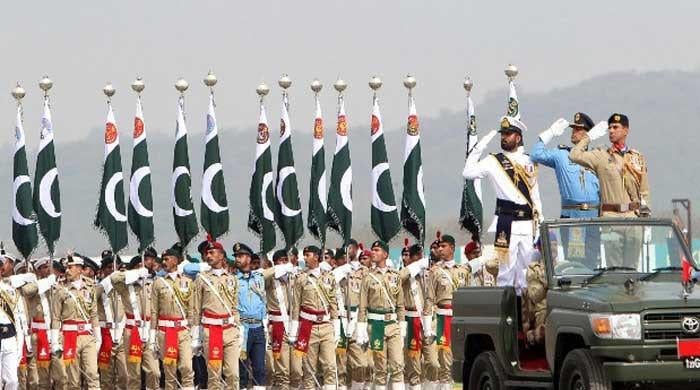Myth number 1: Article 243 equals “military rule”. Reality: The Army is the largest service in Pakistan’s threat environment. It’s geography, not conspiracy. Yes, the battleground is land-heavy – India-centric land threats, Western CT (counter-terrorism) operations and internal security. The ‘army dominance’ argument confuses size with intent. To be sure, unified command is not unit ownership.
Myth #2: The CDF (Chief of Defense Forces) model equals “uniform supremacy”. Reality: The CDF model is the global standard for cohesive command, as modern warfare rewards unity of command, not committees.
Britain has a chief of defence. France integrates command through CEMA (Chef d’Etat-Major des Armees). The US President’s Joint Chiefs of Staff is the principal military advisor. No one is a dictatorship. They are democracies that optimize for the speed of the battlefield.
Myth Number 3: A CDF originating in the Army would control transfers, postings and promotions in the Air Force and Navy, leading to resentment and affecting morale. Reality: The change does not rewrite service promotion boards, career pyramids or internal chains of command. It places operational coordination in one node, not HR control of the Air Force or Navy.
Myth number 4: Article 243 is “person-specific”. Reality: Armies don’t rewrite commands to praise a general. Nations rewrite command as the threat spectrum accelerates beyond bureaucratic layering.
Attributing structural military reforms to a single individual is analytically weak and historically superficial. Command reform requires years of planning, cross-service investigations and threat modeling.
Myth number 5: Constitutional embeddedness equals “rigidity.” Reality: Constitutional embeddedness is stability, not rigidity. The Defense Command should not swing every election cycle, ministry or crisis. When a state locks into a command structure, it signals continuity to allies and overmatch to rivals.
Myth number 6: Ending CJCSC means ending jointness. Reality: Ending CJCSC means ending duplication, not jointness. The truth is that the CJCSC has never commanded troops or war plans. Community happens through integrated planning and unified command – not through an unused title. Removing redundancy sharpens joint operations.
Myth number 7: Article 243 reduces civil oversight. The reality: Civilian control remains where it always has been – with the prime minister. Article 243 (amended) changes internal military wiring, not democratic oversight. Speed in combat does not eliminate civilian supremacy. Article 243 changes how the military fights, not who the military answers to. Enhanced command is not diminished surveillance.
In short, Article 243 is not about “who controls the military”; it’s about “how wars are fought” in an age where missiles, drones and cyberattacks move faster than committees can assemble.
Article 243 is not a matter of power; it’s a matter of speed. Modern wars are won by clarity of command, not committee consensus.
The author is a columnist based in Islamabad. He posts @saleemfarrukh and can be contacted at: [email protected]
Disclaimer: The views expressed in this piece are the author’s own and do not necessarily reflect Pakinomist.tv’s editorial policy.
Originally published in The News



